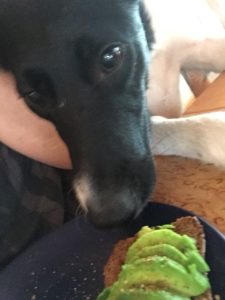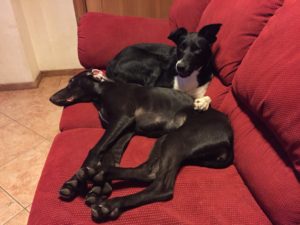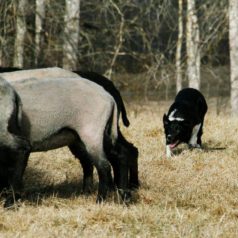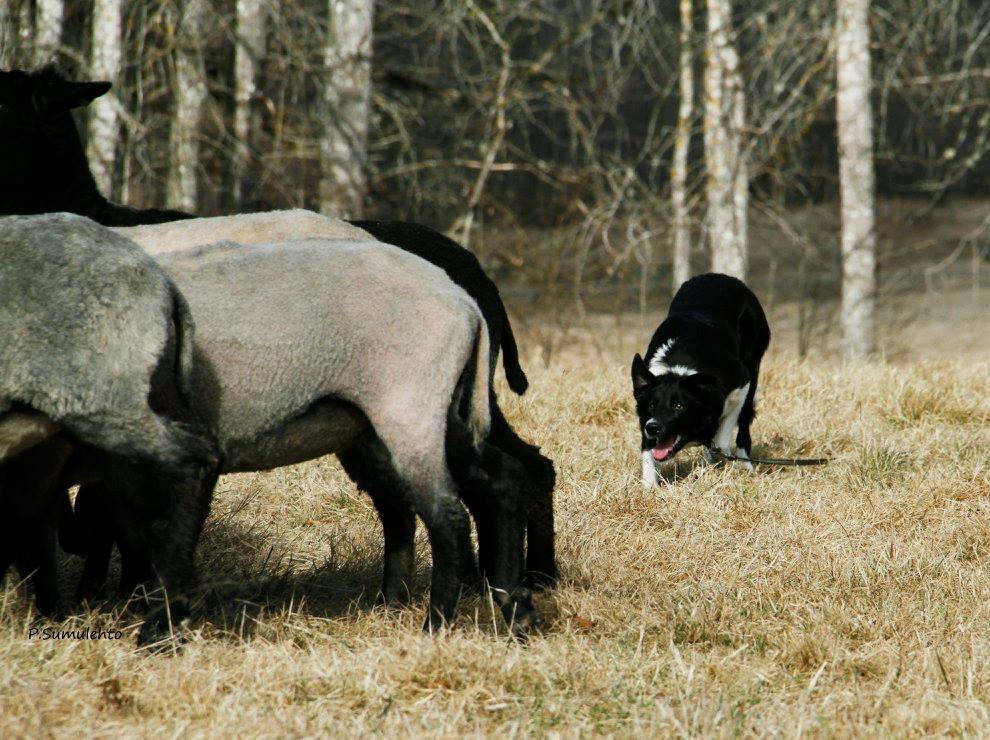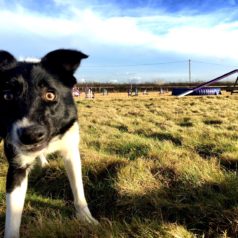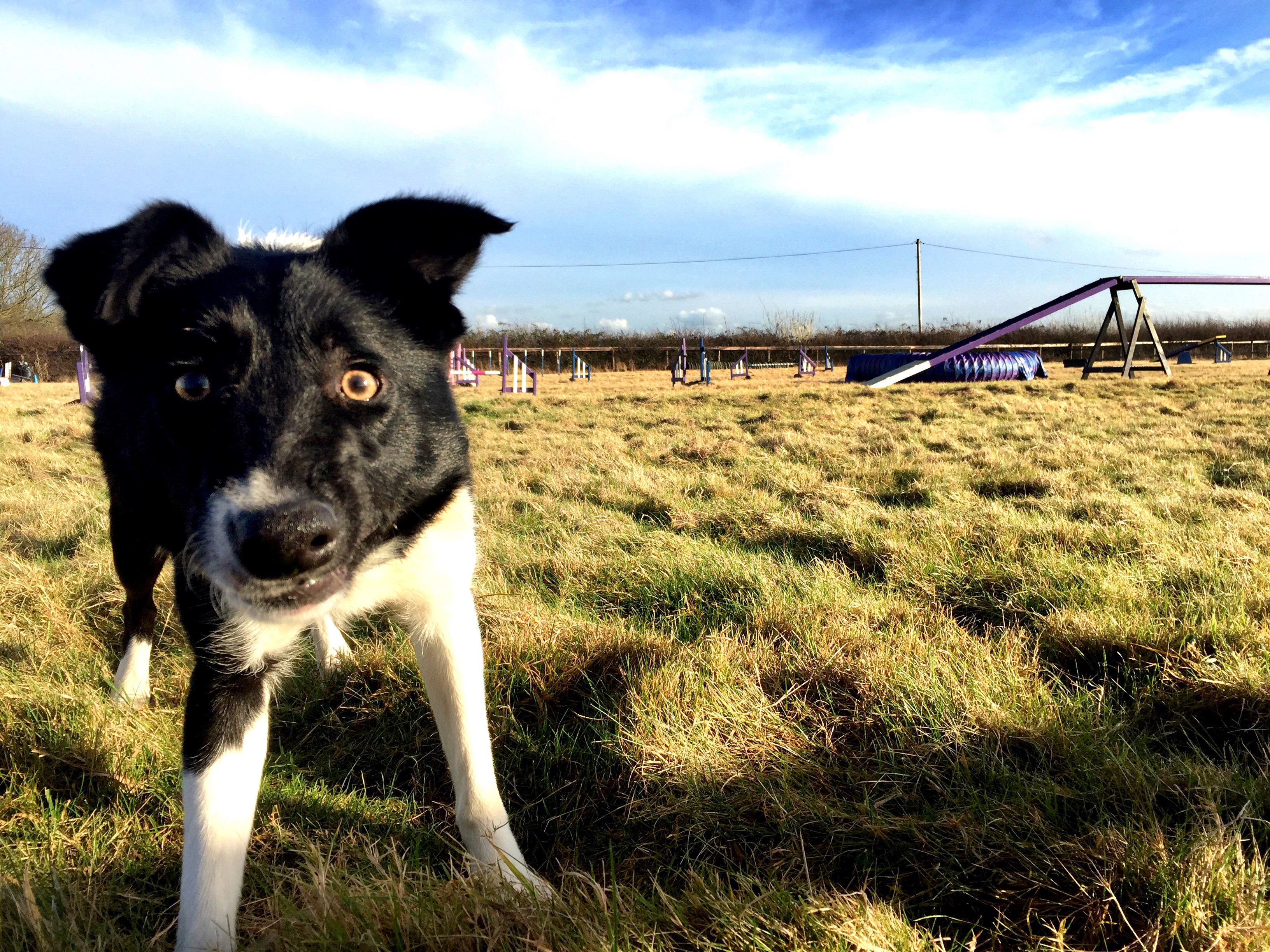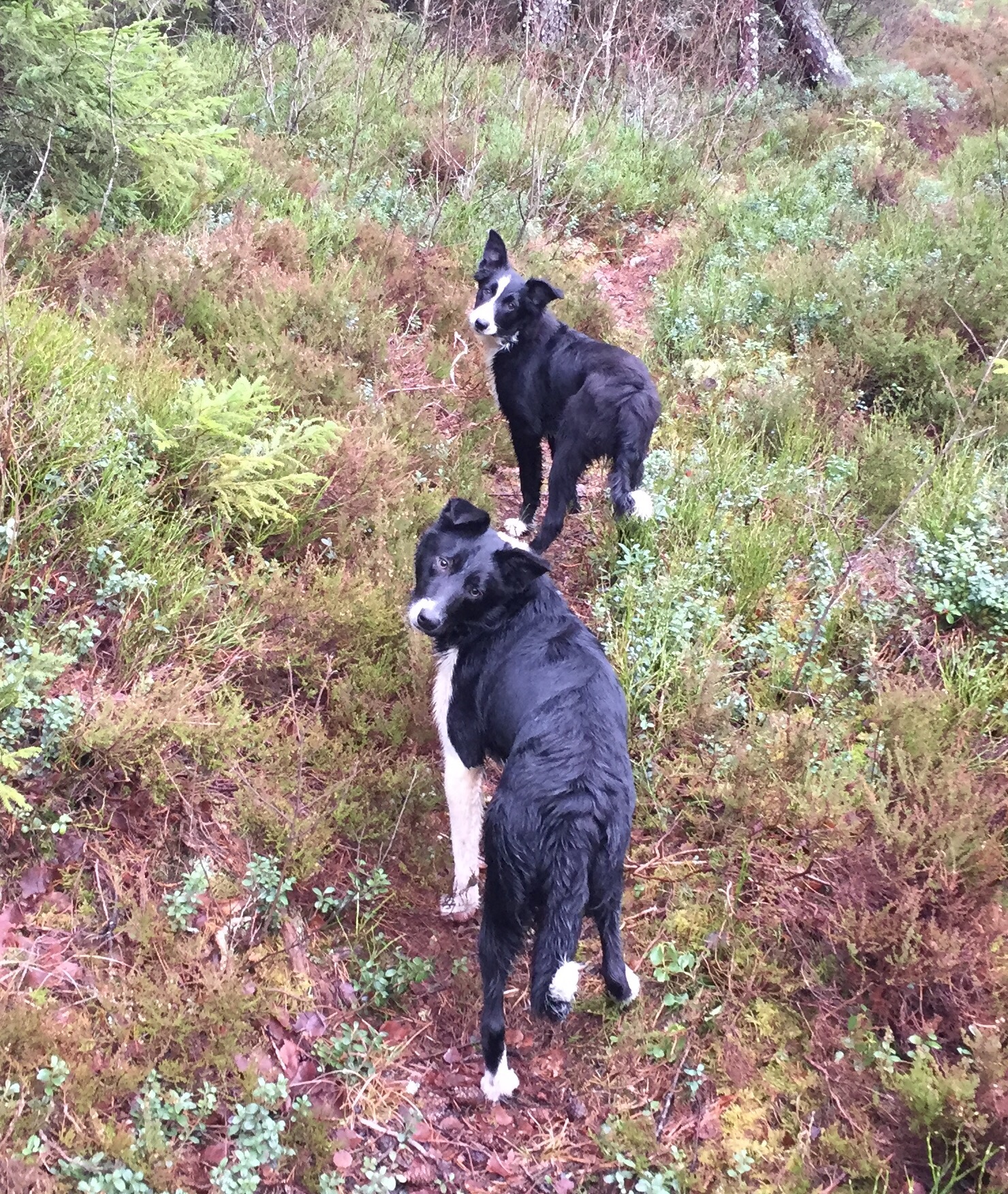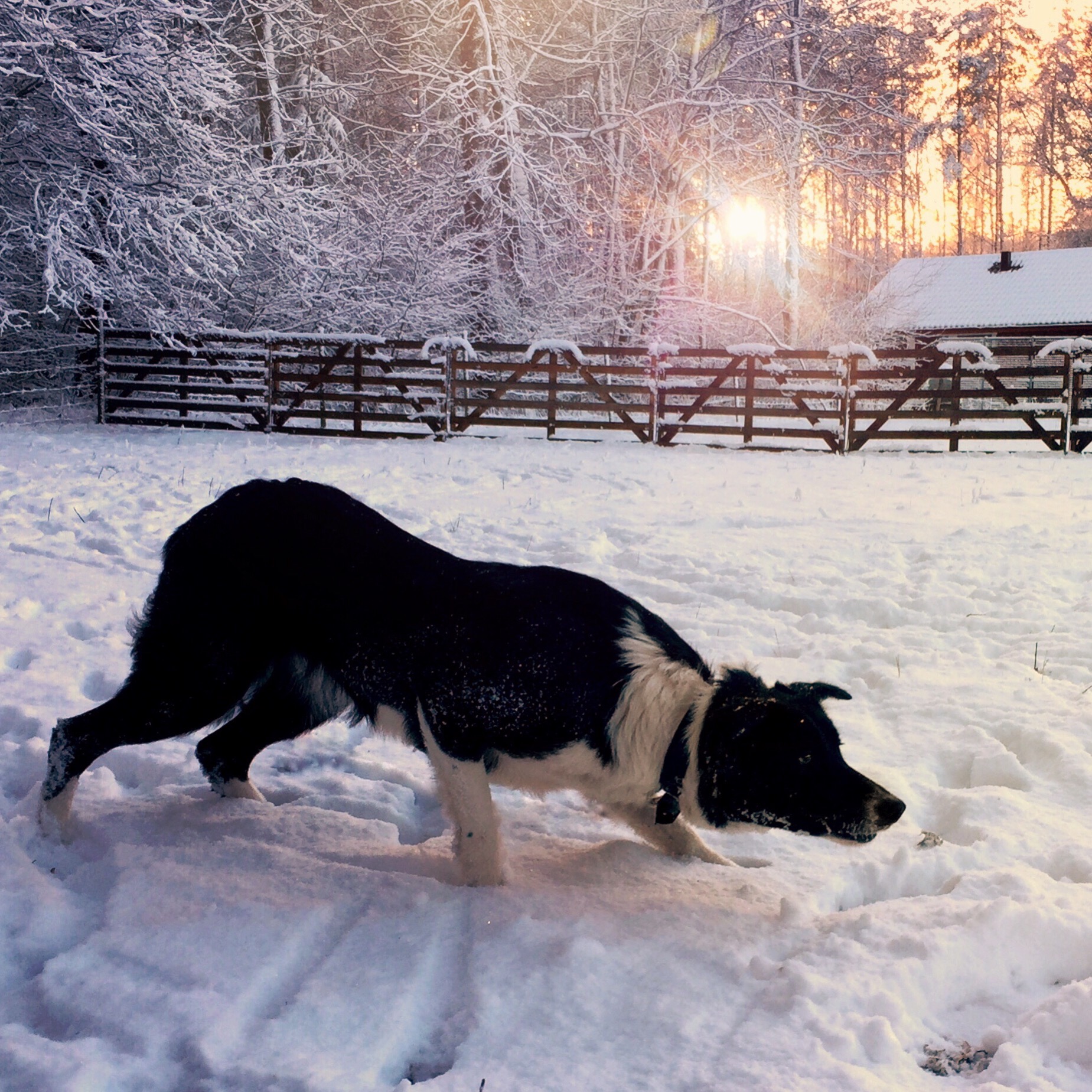
One Year With Spy
Today, Spy has been a member of our family for one whole year! On February 1st, 2017, I woke up early, took Bud and Epic on a walk along Giants Causeway in Northern Ireland, and then drove across the border to Donegal in Ireland where I met Spy. She was living in a pen in a shed along with some other border collies. By all means, a nice shed compared to how a lot of sheepdogs live, but she was not at all used to the family dog life that our dogs live. It was a big change for her coming to Sweden, and it’s taken longer than I thought to become a team with her.
When she came her, she wasn’t used to looking to humans for support or for fun. She didn’t understand or want to take food from my hand, she wouldn’t play. If something scared her, she would run away. It took longer than I had thought to get her excited about training, and we had some setbacks. Of course, making everyday work was much more important than training for sports, and she made progress in that department too. She started to look to me for comfort and she could listen to me even when she was excited. It was difficult to create that good relationship with a dog that wouldn’t take rewards, especially not if she was upset or excited. I’m used to always rewarding good behaviors and using rewards to counter-condition scary things and teach good manners. Rewards make everything so much easier!
We had a setback in training around September, where she decided she didn’t like the training field and didn’t feel safe enough to play:
We made some progress and then I sprained my ankle and couldn’t run for a month, so we had to take it easy. Getting Spy to play involved a lot of running on my part. We made a lot of progress in late October and November, and she started to both go crazy about toys and about the little agility training we did. It took forever to convince her that tunnels are okay and actually fun, but she can now do a short, straight tunnel and likes it. Once we master all entries, I’ll try a longer tunnel and then gradually start to bend it. It’s funny how something so simple as a tunnel can become such a project. The nice thing is that she now really enjoys training and I actually have to bring out food to get her to slow down a bit and think. I think she’s the fastest of my dogs through a straight line of low jumps. This is a short video from our session yesterday. What a difference!
Spy teaches me a lot and I really enjoy her as a part of my pack. She’s happy, friendly and fun. I’m so excited to see what our second year will bring, now that we know and trust each other.


